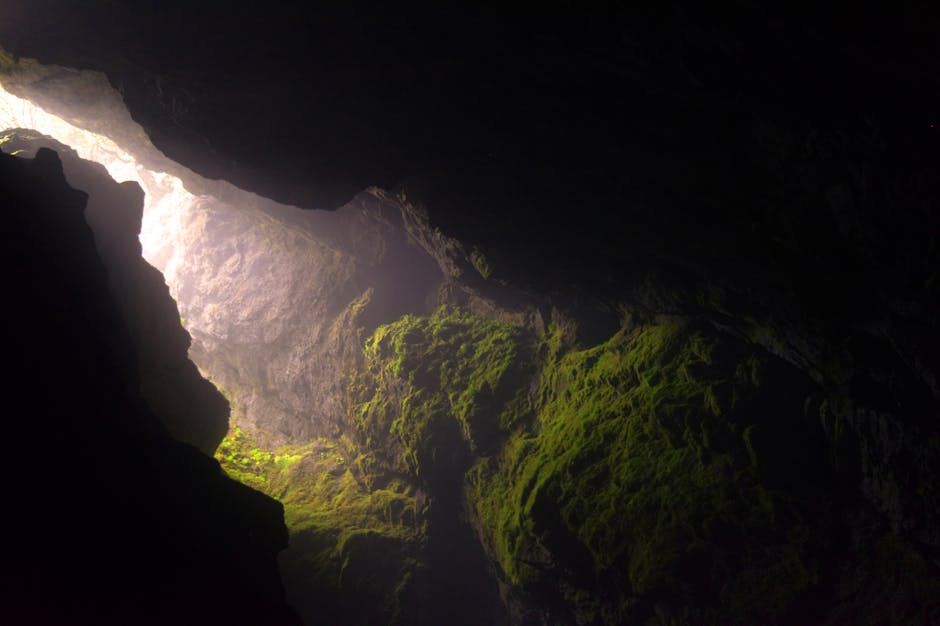
Ocean Exploration
Ocean Exploration
The ocean is a vast and mysterious place, covering more than 70% of our planet's surface. Exploring the ocean not only unlocks the secrets of marine life but also provides valuable insights into the Earth's history and potential for future scientific discoveries.
Scientists and researchers have been exploring the ocean for centuries, using various technologies and methods to deepen our understanding of this vast ecosystem. From mapping the seafloor to studying marine organisms, ocean exploration has led to numerous breakthroughs and pushed the boundaries of human knowledge.
The Importance of Ocean Exploration
Ocean exploration plays a crucial role in advancing scientific knowledge in several key areas:
- Understanding Marine Life: By studying the ocean, scientists can gain insights into the diversity of marine species, their behavior, and their ecological roles. This knowledge is essential for conservation efforts and understanding the impact of human activities on marine ecosystems.
- Evaluating Climate Change: The ocean plays a significant role in regulating climate patterns and storing carbon dioxide. Through ocean exploration, scientists can better understand how climate change affects ocean currents, sea level rise, and the overall health of marine ecosystems.
- Unveiling Geological Processes: Exploring the ocean allows scientists to investigate geological processes such as plate tectonics, underwater volcanic activity, and the formation of seafloor features like trenches and mountains. This research provides valuable insights into Earth's geological history and the forces shaping our planet.
- Discovering New Resources: The ocean is a vast reservoir of untapped resources, including minerals, energy sources, and potential pharmaceuticals. Ocean exploration helps identify and assess these resources, opening doors to sustainable economic development.
Technologies for Ocean Exploration
Ocean exploration relies on a variety of state-of-the-art technologies:
- Remotely Operated Vehicles (ROVs): ROVs are unmanned, remote-controlled submarines equipped with cameras and instruments for gathering data. They can explore extreme depths and take high-resolution images of underwater features.
- Autonomous Underwater Vehicles (AUVs): AUVs are self-contained underwater robots that can navigate autonomously and collect data using sensors and instruments. These vehicles are essential for mapping the seafloor and gathering detailed information about oceanographic conditions.
- Sonar Technology: Sonar systems use sound waves to map the seafloor, detect underwater objects, and study marine life. They play a vital role in oceanographic research, helping scientists create detailed maps and identify potential exploration sites.
- Submersibles: Manned submersibles allow scientists to explore the depths of the ocean firsthand. These vehicles can withstand extreme pressure and enable researchers to directly observe marine life and geological features.
Ocean exploration continues to evolve and expand, driven by technological advancements and the quest to unravel the mysteries of the deep. As our understanding of the ocean grows, so does our ability to address pressing environmental issues and harness the potential benefits of this vast and awe-inspiring ecosystem.
